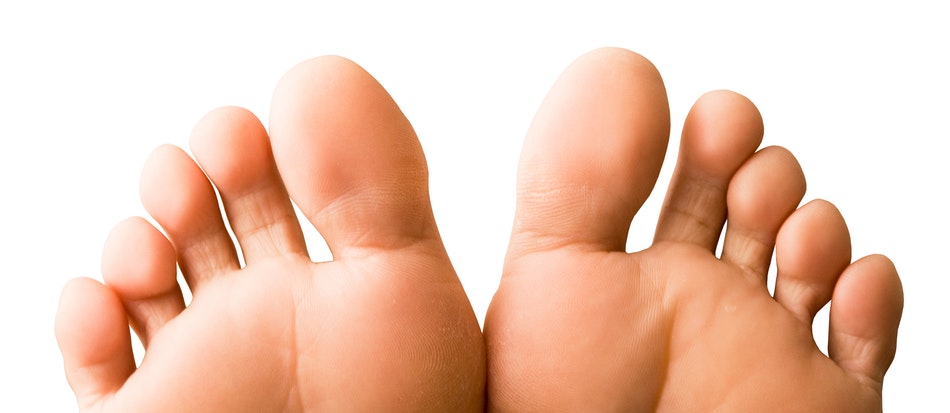Fungal infections of the skin are a really common case and can point out to yeast infections, ringworm, jock itch, and athlete’s foot.
Athlete’s Foot. Athlete’s foot (called tinea pedis) is a common fungal condition that affects the foot. It leads to sores, blisters, burning, itching, redness, and peeling. The fungus grows more rapidly in a humid surrounding such as floors of public showers, locker rooms, swimming pools, socks, or shoes. It’s most common during summer. It surfaces more often in people who make use of community pools and baths as well as those who wear tight socks and shoes.
How Athlete’s Foot Is Being Diagnosed
Not all scaly feet face athlete’s foot. The best way to diagnose the infection is to have your physician remove the skin and examine the scales under a microscope.
How Athlete’s Foot Is Being Alleviated
Athlete’s foot is treated with topical antifungal treatment methods – the kind of drug placed directly on the skin. More severe cases can ask for oral drugs and medicines. The feet have to be kept dry and clean since the fungus grows more in humid surroundings.
How Athlete’s Foot Is Being Handled. Ways to inhibit Athlete’s foot include daily cleaning of the feet with water and soap, making use of shoes that permit the feet to breathe, and wearing shower sandals in public shower areas. In addition, drying the feet thoroughly and applying a high-quality foot power can also help stop Athlete’s foot.
Jock Itch
Jock itch – also known as tinea cruris – is a common skin infection that’s caused by the kind of fungus called tinea. The fungus grows in moist areas of the body and as the result of this; infection can drastically affect the buttocks, inner thighs, and genitals. Infections surface on a more regular basis during summer. It appears as red, itchy rashes with a circular shape.

Is Jock Itch Contagious or Not?
Jock itch is only mildly contagious. This condition can be spread from one person to another thru direct contact or indirectly from materials carrying the fungus.
How Jock Itch Is Being Diagnosed
In most cases, jock itch can be diagnosed based on the location and appearance of rashes. If you’re not that sure that the condition is jock itch, contact your physician. They’ll ask about your medical history and symptoms. Moreover, they’ll conduct a physical examination. The microscopic examination of scales of skin can support the diagnosis.
How Jock Itch Is Being Alleviated
In most cases, treatment of jock itch entails keeping the damaged part dry and clean. Making use of topical antifungal medications is also advisable. Usually, it responds to over-the-counter antifungal sprays and creams; still, prescription antifungal creams are extremely needed. During the treatment of jock itch, be sure to clean and dry damaged parts.
If all these steps aren’t effective, make use of Fungalor.

























